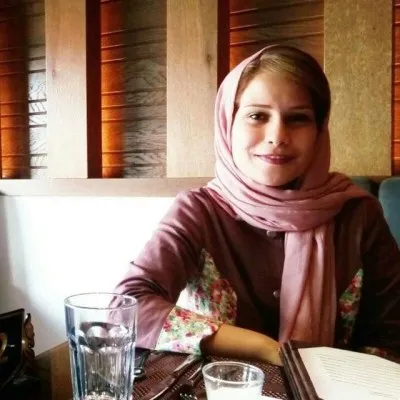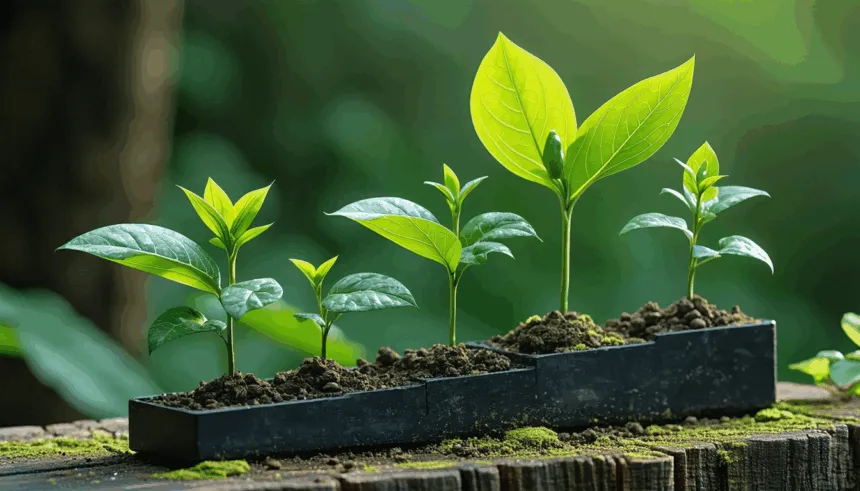Introduction
In a striking development for India’s digital art scene, the Azuki Elementals NFT collection has taken the market by storm, captivating collectors and investors alike. Launched recently by the creators of the popular Azuki project, this new series dropped on June 27, 2023, and has already recorded staggering sales volumes across global and Indian platforms. Based in virtual marketplaces accessible to Indian enthusiasts, the event marks a significant moment for non-fungible tokens (NFTs) in the country. Why is this gaining traction now? It’s a blend of cultural resonance and investment potential driving interest.
Azuki Elementals Captivate Indian Collectors
The Azuki Elementals collection, an extension of the anime-inspired Azuki brand, features unique digital characters with elemental themes like fire, water, and earth. Within 48 hours of launch, over 10,000 NFTs were minted globally, with a notable chunk purchased by Indian buyers. Trading platforms reported a sales volume exceeding $38 million in the first week alone. In India, marketplaces like WazirX NFT saw a 300% spike in user activity during this period.
This surge reflects a growing appetite for digital collectibles among Indian youth. Many view these assets as both art and investment. “Azuki Elementals resonate with our love for storytelling and mythology,” said Priya Sharma, a Mumbai-based NFT curator.
Cultural Connection Fuels Demand in India
A key factor behind this trend is the cultural alignment of Azuki Elementals with Indian sensibilities. The characters draw inspiration from elemental forces, mirroring themes in Indian folklore and epics like the Mahabharata. This connection has sparked discussions on social media, with hashtags trending across platforms.
Indian collectors are also drawn to the exclusivity of owning limited-edition digital art. According to Rohan Gupta, a blockchain analyst, “The scarcity model of NFTs like Azuki Elementals creates a sense of prestige for owners.” This appeal is evident as secondary market prices for these NFTs have doubled since launch.
The impact extends beyond individual buyers. Art communities in cities like Bengaluru and Delhi are hosting virtual exhibitions to showcase these works. Such events are bridging traditional art lovers with digital natives.
Economic Implications for India’s NFT Ecosystem
The rise of Azuki Elementals signals broader economic shifts in India’s digital asset space. With over 20 million crypto users in the country, as per recent industry estimates, NFTs are becoming a parallel investment avenue. The government’s evolving stance on digital currencies also plays a role, though regulatory clarity remains elusive.
On one hand, this boom could attract global NFT projects to target Indian audiences, boosting local tech talent. On the other, high transaction costs on blockchain networks pose challenges for small-scale buyers. Gas fees on Ethereum, where Azuki Elementals are hosted, often exceed $50 per transaction.
Stakeholders have mixed views on sustainability. While some predict long-term growth, others caution against speculative bubbles. “Education on blockchain risks is crucial for new entrants,” noted Ankit Mehra, a Delhi-based crypto educator.
Challenges and Opportunities Ahead
Navigating this space isn’t without hurdles for Indian enthusiasts. Key issues include:
– Limited access to affordable blockchain tools.
– Concerns over environmental impact of NFT mining.
– Lack of legal frameworks to protect digital ownership.
Yet, opportunities abound. Partnerships between Indian startups and global NFT brands could foster innovation. Community-driven initiatives are also emerging to democratize access through fractional ownership models.
The future hinges on balancing enthusiasm with caution. Industry watchers suggest that collaborations with local artists could further embed NFTs into India’s creative economy. This could position the country as a hub for digital art creation.
Global Context and Competitive Edge
Globally, Azuki Elementals compete with heavyweights like Bored Ape Yacht Club, which boasts a $4 billion market cap. However, Azuki’s focus on cultural storytelling offers a unique edge. For Indian users, this translates into a chance to engage with a project that feels relatable yet globally relevant.
Market data shows Azuki’s floor price—the lowest cost to buy an NFT—hovers at 1.5 ETH (around $2,800) as of early July 2023. This is steep but competitive compared to other top-tier collections. Indian investors see this as a potential entry point before prices climb further.
Differing opinions exist on whether such valuations are justified. Some argue it’s driven by hype, while others believe cultural value underpins demand. Both perspectives highlight the dynamic nature of this emerging field.
Conclusion
The meteoric rise of Azuki Elementals in India underscores a transformative moment for the nation’s digital art and investment landscape. From cultural resonance to economic potential, this NFT collection has ignited passion among collectors while spotlighting opportunities and challenges alike. As the market evolves, striking a balance between innovation and regulation will be key. For now, Indian enthusiasts are at the forefront of a global trend, shaping how digital ownership redefines value in the modern era. The journey of Azuki Elementals is just beginning, and its impact promises to linger.

Soraya Alizadeh covers the burgeoning intersection of fintech and blockchain innovation. Known for her meticulous research and clear, engaging storytelling, she explores regulatory challenges and opportunities within Iran’s crypto market, aiming to inform both industry insiders and newcomers.







